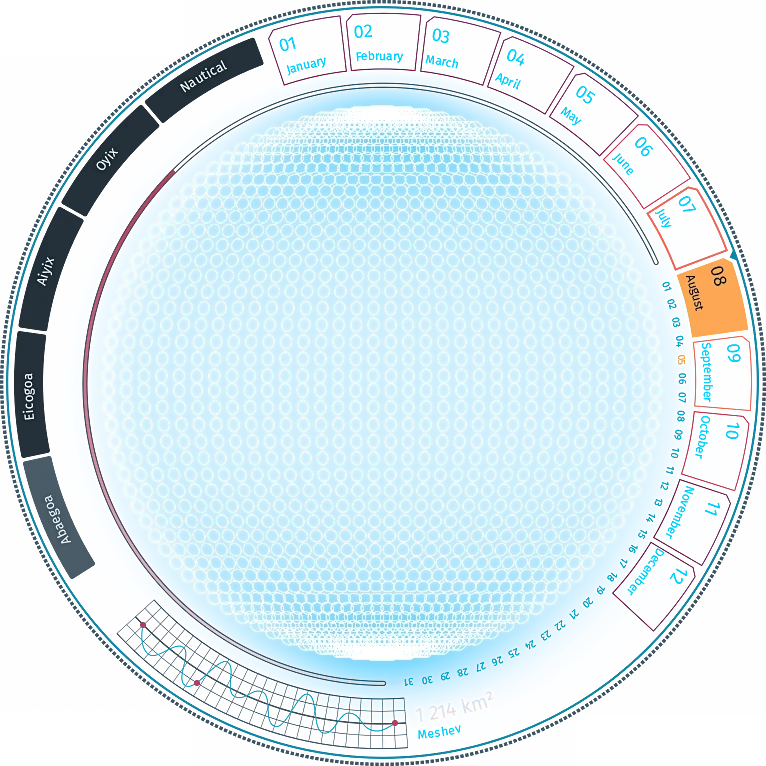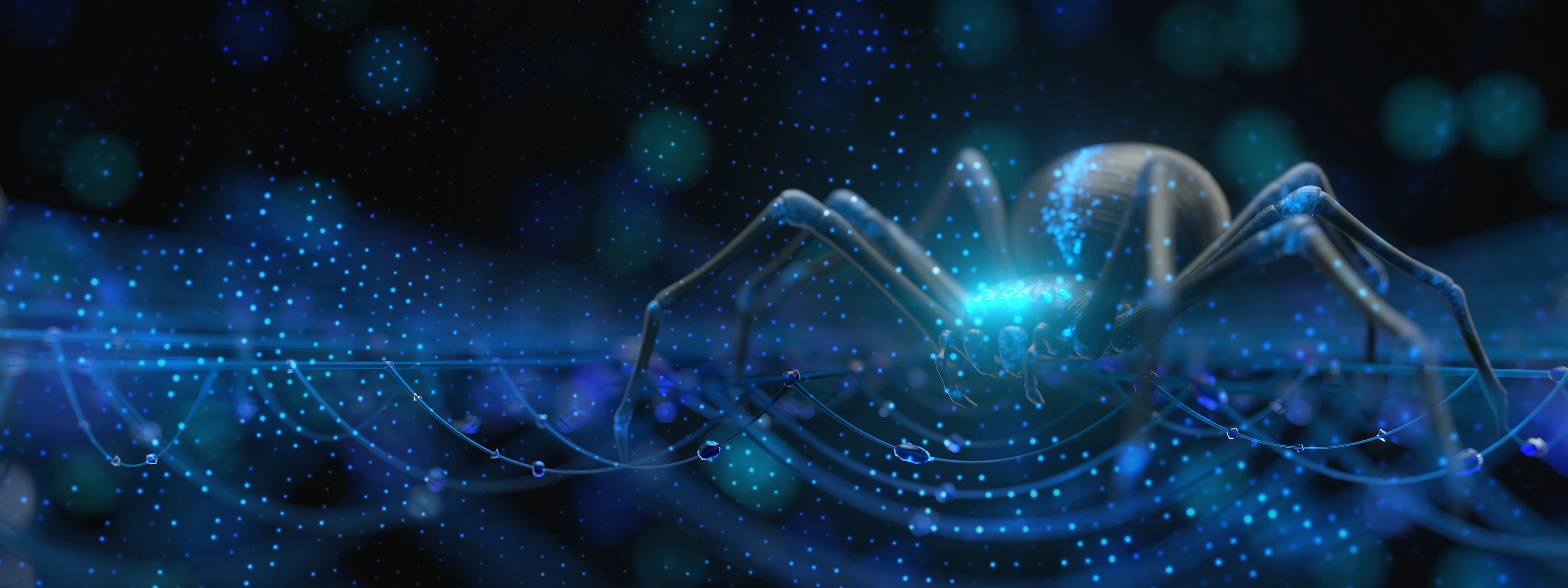Apoplexia
A virus that acts like a parasite in that it requires blood and other organic material to survive. It wiped out the entire Ancient Puski civilization and mutated their genes, giving way to the Viampaal.
Symptoms:
- feeling sick
- blood in urine
- pupil dilation
- vomiting (not in all cases)
- tingling hands (uncommon)
Transmission & Vectors
It is often ingested through food and drinks or by absorption through injuries. Droplets in the air make air transmission possible within 2-3 feet, or any contact with infected bodily fluids.
Causes
The transmission rate is high due to the physiological consequences of the virus. Close quarters living, socialization, and densely populated areas make great hotspots for the virus.
Symptoms
Nausea and hematuria often start within 3-5 days of contact with the virus, with both symptoms being equally intense. Nausea may linger for several weeks. Many patients complain of a constant hunger. Around this time mydriasis is experienced by the majority of people, making them photosensitive. The cause of this is neurological damage as a result of the virus. 50% of cases experience violent vomiting 2-3 days after onset of mydriasis and is mostly experienced after eating. Throughout the course of the disease, tingling hands may be experienced to the point of numbness.
Treatment
Suppressants and routine medication, isolation and quarantine. As there is no cure, making life comfortable for the victims is the only plausible way to treat the fatal illness.
Prognosis
Usually fatal, but due to reproduction with the infected, a mutation in the gene pool allowed the Puski to slowly develop a 'herd immunity' and evolve into the modern Viampaal.
Affected Groups
The ancient and long forgotten race of the Puski.
Hosts & Carriers
The Viampaal still carry a genetic marker of the virus, making it, however miniscule, slightly possible to transmit to others via bodily fluids (i.e. feeding from someone).
Prevention
There are no vaccines or cures, just constant treatment and isolation from non-infected parties.
Epidemiology
The virus spreads quickly, only taking a short time to incubate. For inhabitants that live closely together or are densely populated, the transmission is almost unstoppable.
History
It wiped out the entire Puski civilization and mutated their genes, giving way to the Viampaal. 1 in 4 Puski men, women, and children contracted it by the time the Viampaal were a distinguished race. The remaining Puski who refused to couple with the Viampaal died off.
Cultural Reception
The Viampaal are treated like monsters due to their need to consume blood. In the beginning, they were disregarded because of their mutation to the plague that wiped their civilization from the planet. Later on, the method of their creation was forgotten or ignored, only to bring light to their new biological functions.
Type
Viral
Origin
Mutated
Cycle
Chronic, Acquired
Rarity
Unique


Comments